|
|
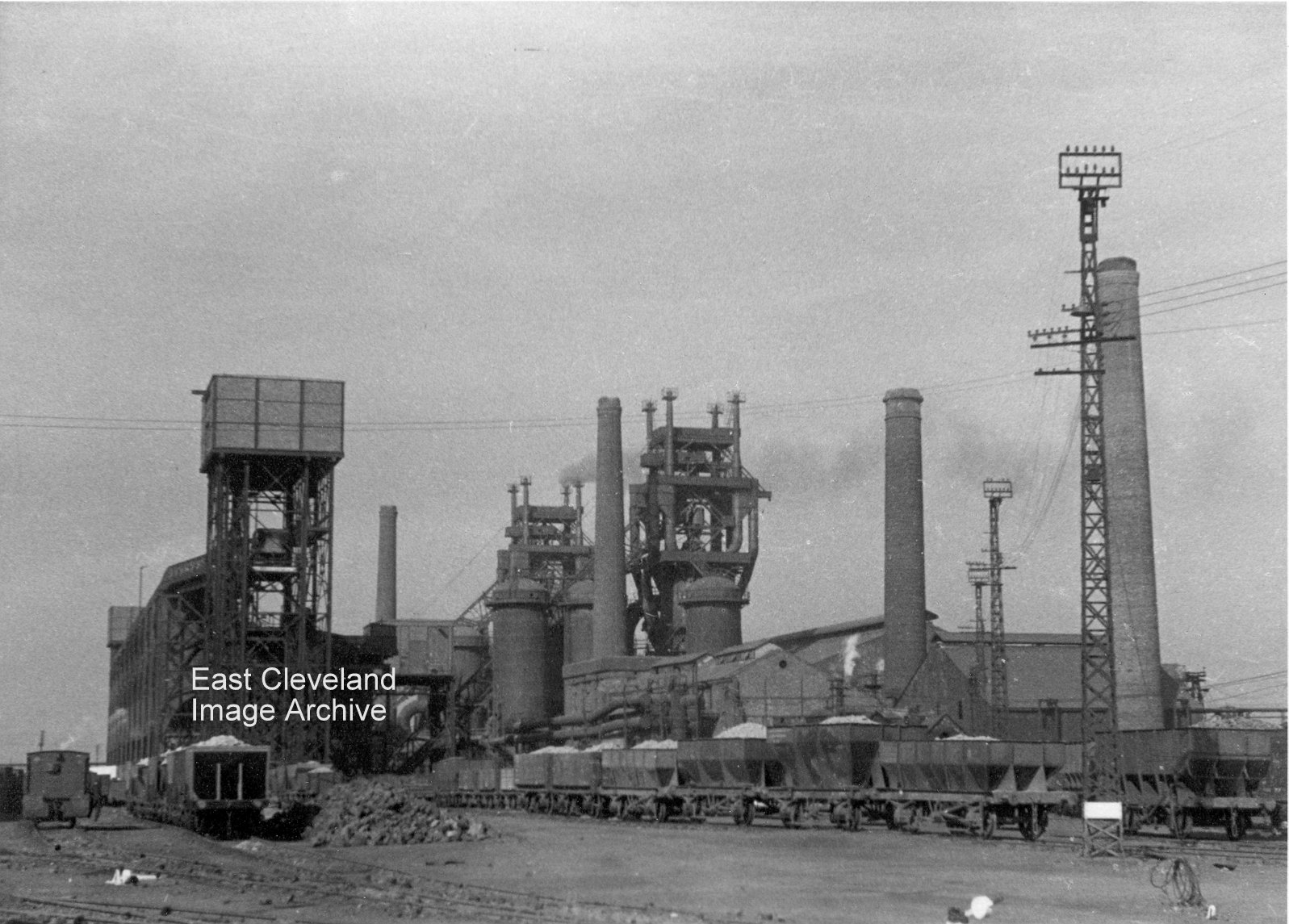
This is an image of the Bessemer plant at the Cleveland Works; they were in pairs and one was always producing basic iron and the other ferro-manganese (which was used for alloying the steel at Skinningrove).
Rob Proctor informs us ”The word “Bessemer” could cause some confusion to the uninitiated reader , as it is a steelmaking process whereby air is blown through the liquid iron .The blast of air oxidised the impurities which as they burnt off conveniently raised the temperature of the metal so that the finished steel could be poured out . The vessel resembled a “tulip” sat on a pair of trunnions which could be tilted to the horizontal for the addition of hot metal and then turned into the vertical for the blow. The reason for name “Bessemer” for a blast furnace plant was because either one or two of these units had been sited there in the past”.
Andrew Mains advises: ”I worked on these two furnaces in the 80’s and early 90’s before they were shut down. There were two furnaces going together, but this changed when demand dropped, so it went down to one furnace operation. They were named no 4 and no 5 furnaces and the plant name was changed to Cleveland Iron.”
Arthur Ormrod tells us: ”The survival of the Bessemer blast furnaces was down to their, relatively, small size and their consequent suitability for smelting manganese and ferromanganese. Manganese was a metal of strategic importance, it was vital in both making steel and in hardening steel, armour-plate for example. Consequently, there was a government supported cartel to secure it’s manufacture within the U.K. Dorman Long was one of, originally five, later four, iron making companies which kept a small blast furnace available for the smelting of ferromanganese. It required higher temperatures than iron smelting and consequently the wear on the furnace was greater. One by one the other plants closed down, Darwin & Mostyn first, then Lancashire Steel and Workington, both by the BSC, leaving the Bessemer blast furnaces as the sole source of manganese smelting in the UK and that is why this relatively elderly plant survived into the 1990′s. Today, manganese is smelted in electric furnaces.”
Many thanks to Rob Proctor, Andrew Mains and Arthur Ormerod for those updates.
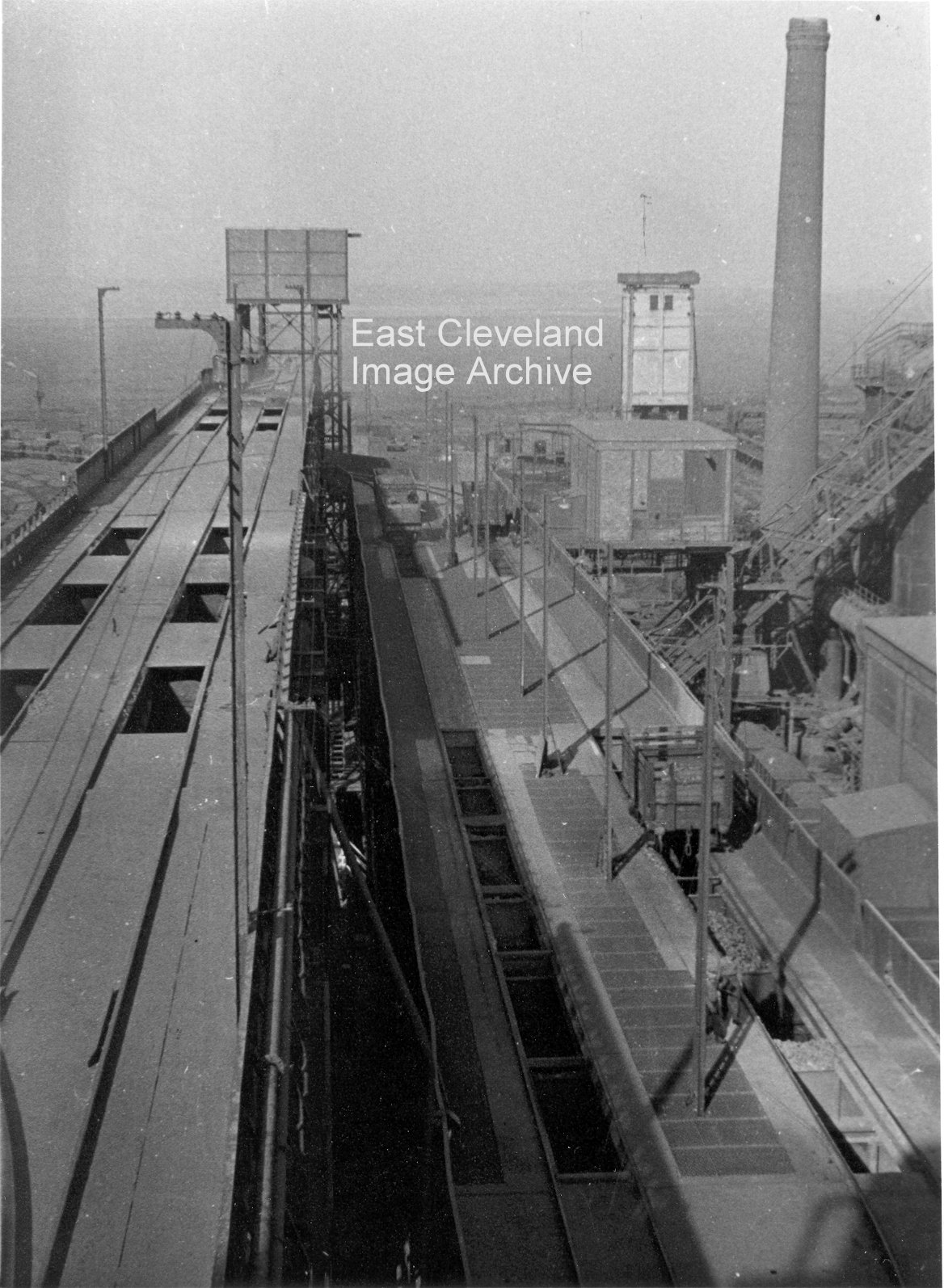
We believed these were the Clay Lane furnaces at South Bank! However we have been advised by Arthur Ormrod: ”These are not the South Bank furnaces, these are the two Redcar furnaces of Dorman Long, rebuilt in 1953. The hi line bunkers to the left, under which the scale cars operated, are of the traditional rail served type on which hopper wagons discharged the raw materials into the bunkers. The structure top left is a vertical wagon hoist, used to raise wagons up to the hi line. The raised brick structure straddling the lattice-work skip hoist, right centre, housed the skip hoist motors which raised the raw material skips to the furnace charging platform. The Clay Lane bunkers were roofed over and were serviced by conveyor belts and trippers. The lattice-work skip gantries on the Clay Lane furnaces were at a steeper angle than those shown here and the hoisting mechanisms on these furnaces were housed in an extension of the cast house, directly under the skip hoist.”
Many thanks to Arthur Ormerod for that excellent update.
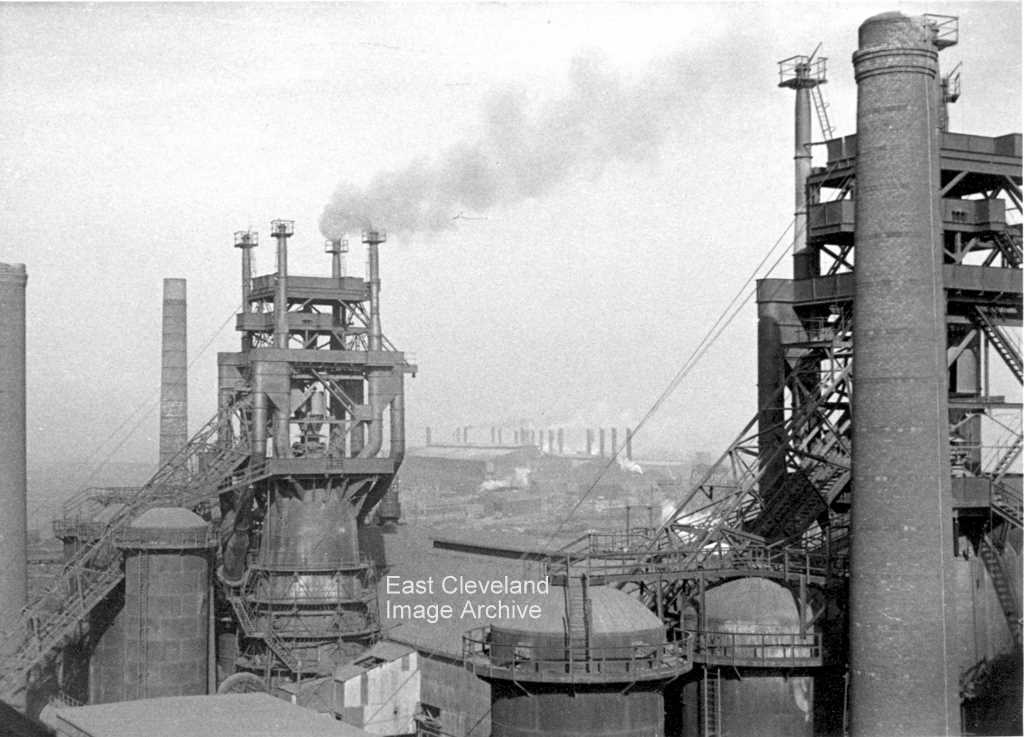
The Archive had a series of photographs which were definitely not of Skinningrove Iron and Steel Works; we needed help in identifying them. We are now told: ”This image was taken looking through numbers 3 and 5 Bessemer Plant Blast Furnaces with the Cleveland South Plant (Redcar) Melting Shop chimneys in the background. There was a North and South plant but when the North plant was demolished they installed two electric arc furnaces.”
Image courtesy of the Pem Holliday Collection; with thanks Robert Doe, Eric Johnson, Simon Chapman and particularly Iain Hunt for correcting our details.
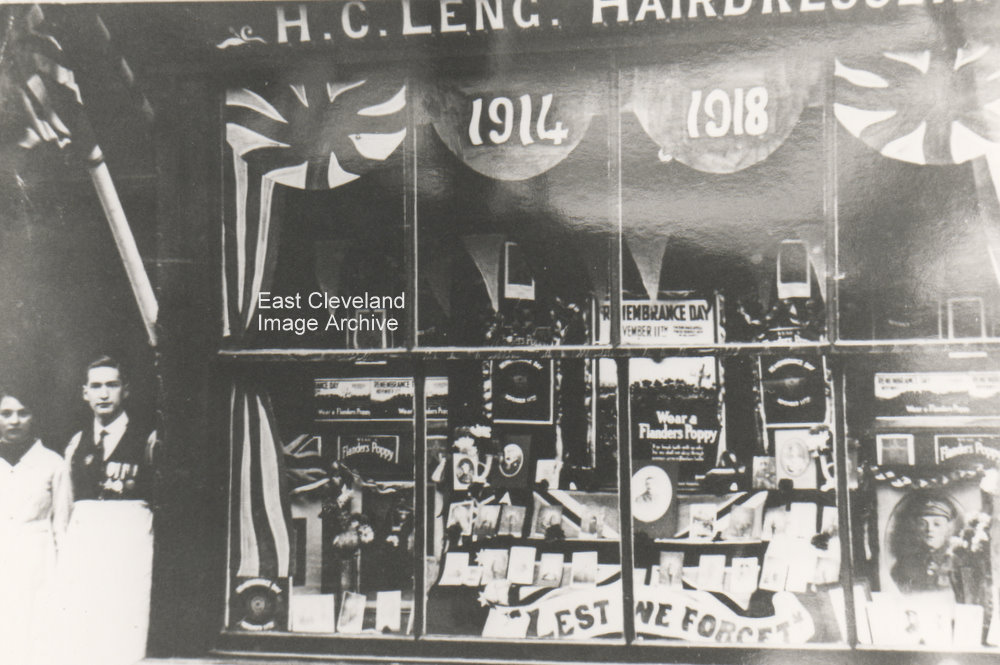
Now this is how we should remember! The shop window of Leng’s the Hairdresser bedecked with reminders of The Great War. At a guess the young man has reason for remembering – he is wearing a group of medals on his left breast, denoting that he joined up before 1916. It looks like he is also wearing a badge/medal on his right breast – where the ”unnofficial” medals go – could this be a SWB (Silver War Badge)? ”At the going down of the sun and in the morning – we will remember them!” (Last line of ”The Exhortation”)
Nivard Ovington has told us: “The correct term is the Silver War Badge. In the SWB register is a Harold C LENG 200812 a private in the 4th Yorkshire Regiment, SWB badge number 264748. Enlisted 23rd November 1914, discharged 9th November 1917 under Army order 265 (II) (i) (b) aged 22 (served overseas).
Many thanks to Nivard for that correction and update.
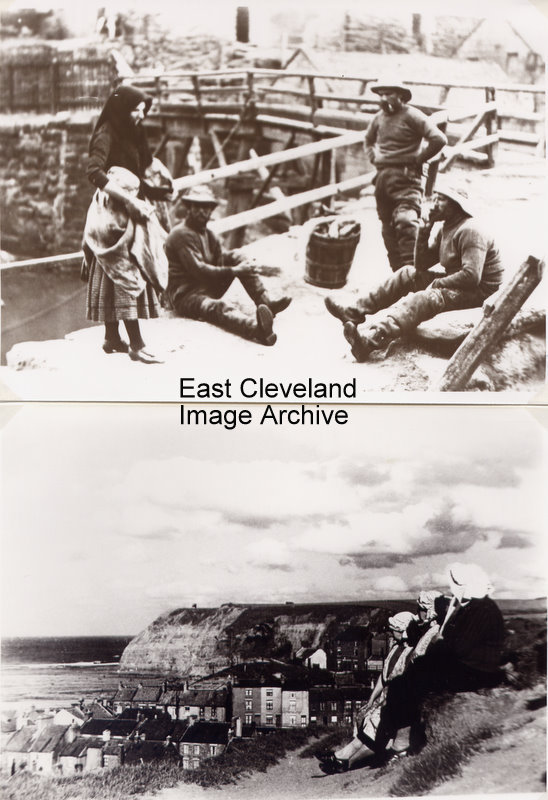
This double image is presented just as received by the Archive; the top photograph was taken at Staithes. David Richardson identified this with: “The top photograph was taken at Staithes, taken on the Cowbar side with the main village in the background.” The lower image is of the Staithes ladies in their bonnets, looking to the east and the Old Nab headland.
Image courtesy of the Pem Holliday Collection and thanks to David Richardson for the update.
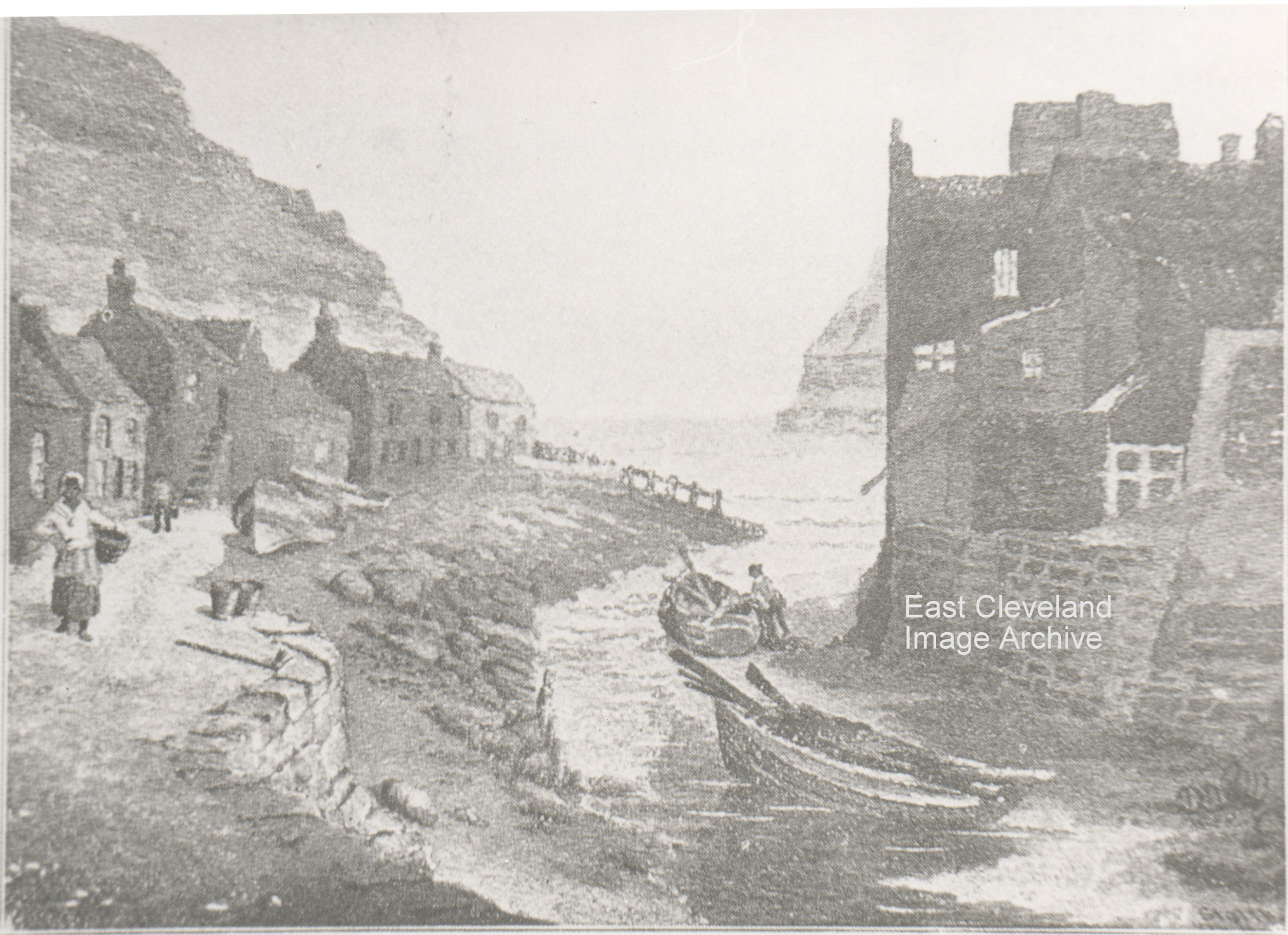
A much photographed area of Staithes or ’Steers’ as the locals call it, Cowbar on the left of the picture, Staithes on the right and the fisherman tending his boat in the middle. This image is from an earlier period than any of the Archive’s other views of Cowbar and Staithes; with no footbridge linking the two communities.
Image courtesy of the Pem Holliday Collection.
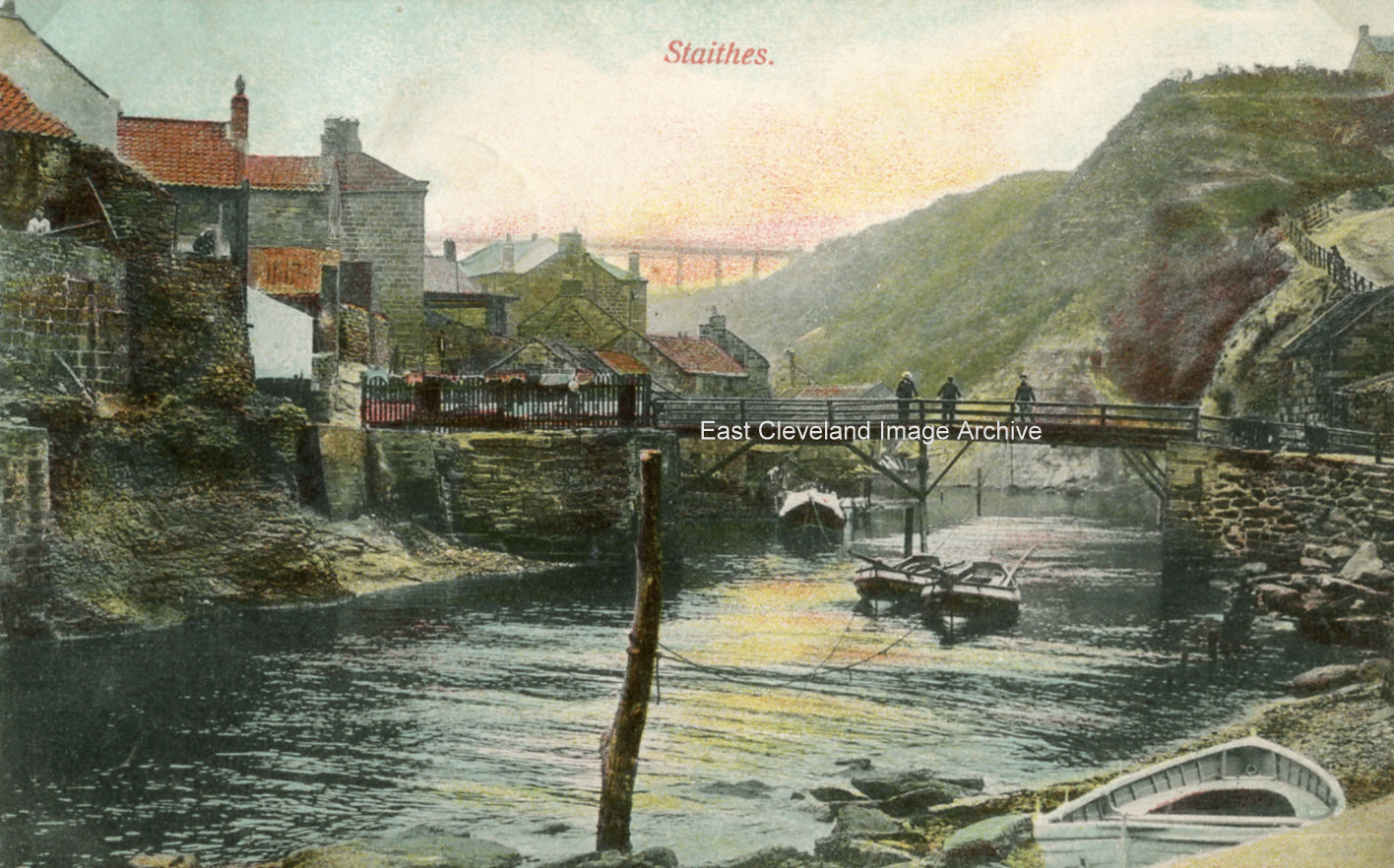
A colour-tinted postcard view of Staithes Beck, looking upstream to the footbridge and viaduct; the card is potmarked July 14th, 1905.
Image courtesy of Beryl Morris.
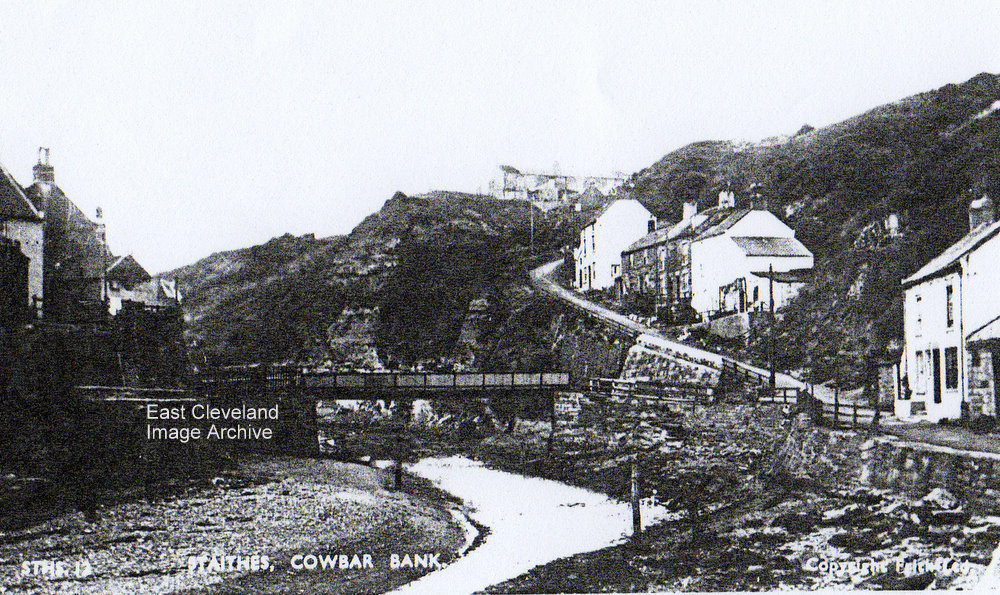
A Frith’s postcard view showing the steepness of Cowbar bank, those cottages are still standing and just a little of Staithes showing on the left.
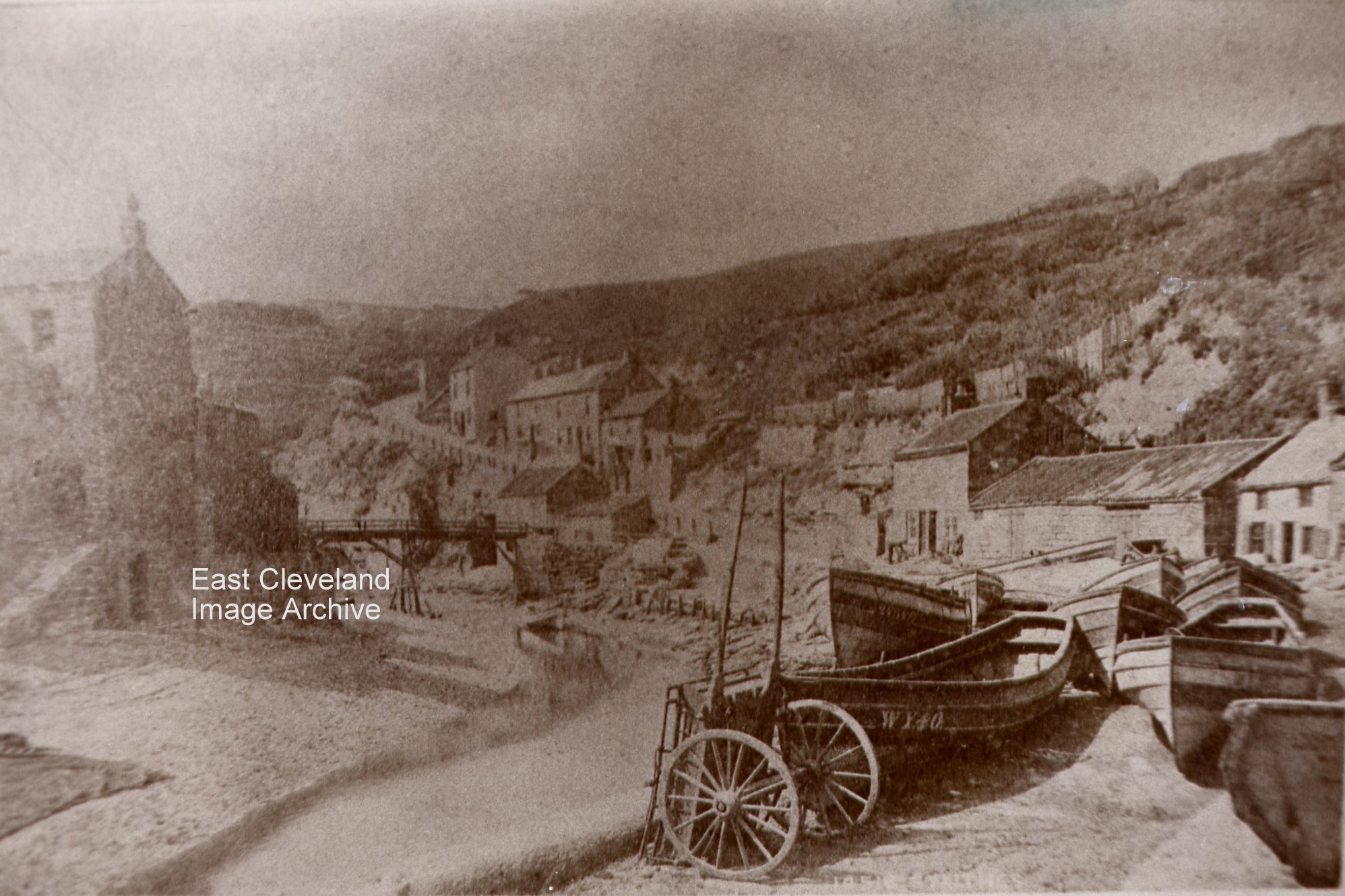
Lovely old image of Cowbar; believed to be from the early 1900s but can anyone assist in a date?
Image courtesy of the Pem Holliday Collection.
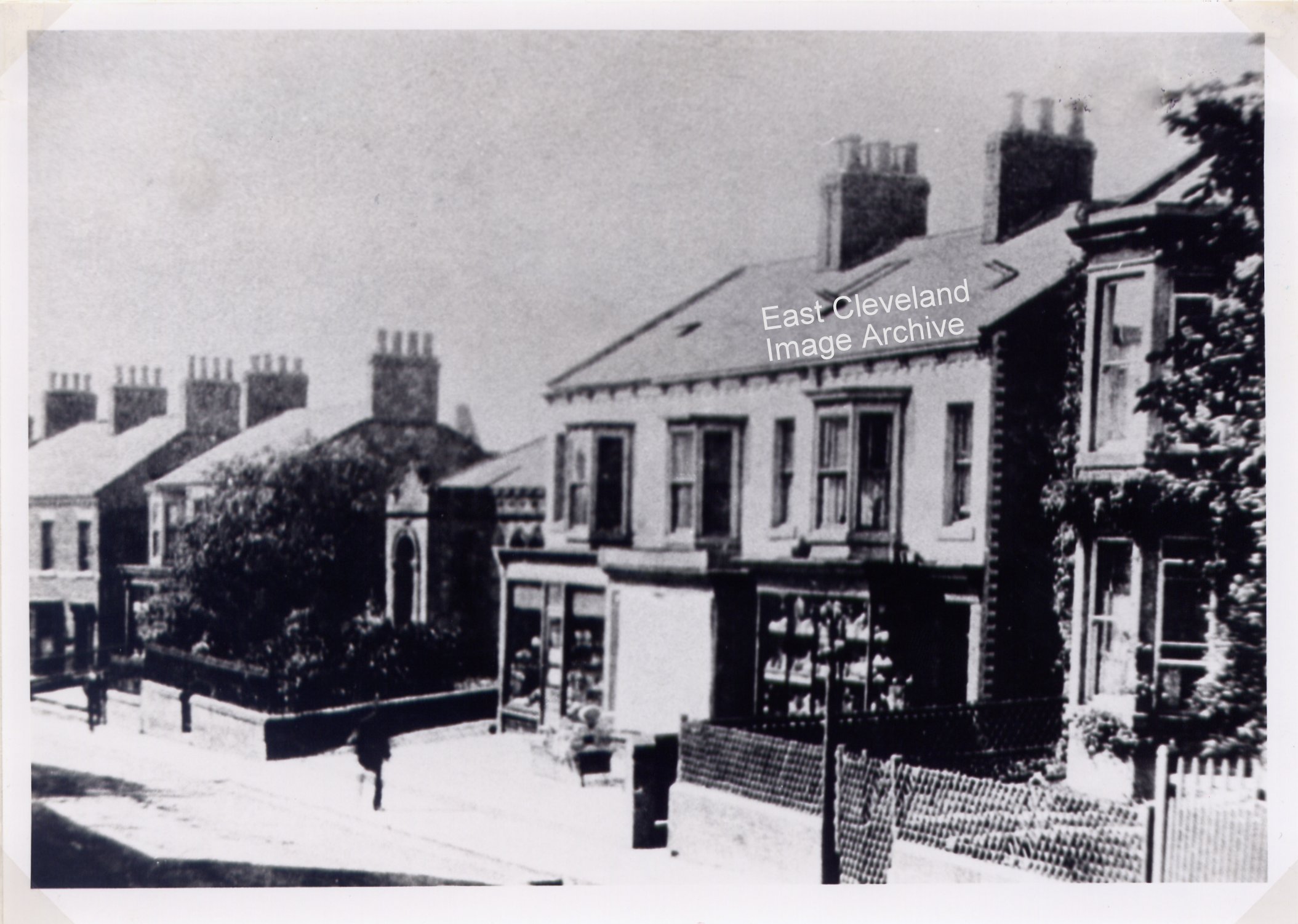
A different view of Loftus this time, what was Dr Dunn’s house and the small parade of shops. Harrison’s next to the Doctors was the ironmonger’s, Bannister’s was the sweet shop, then came the infant school, with Zetland Terrace in the background. David Hore told us: “How I remember Dr Dunn & his surgery! His waiting room was a covered passageway leading from the main road. His partner was Dr Guy who was nicer than Dr. Dunn.” Norman Patton told us: “There was a long bench in the “waiting room” along which the waiting patients would slide towards the reception area. It was very highly polished! Dr Guy had served in WWII as a Colonel.” Ray Brown added: “David is quite correct about the waiting room of the surgery, what he has omitted is that in times of heavy surgeries a form was put outside the passage way for the extra patients – yes in the FRESH AIR, even in inclement weather – I don’t think anyone can say that the NHS goes that far these days.”
Image courtesy of the Pem Holliday Collection and personal reminiscences from David Hore, Norman Patton, Ray Brown and Sally King.
Page 10 of 13« First«...89101112...»Last »
|
|










Recent Comments